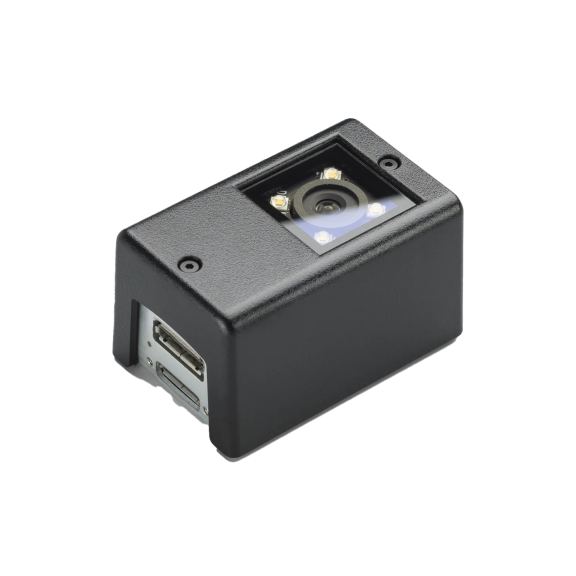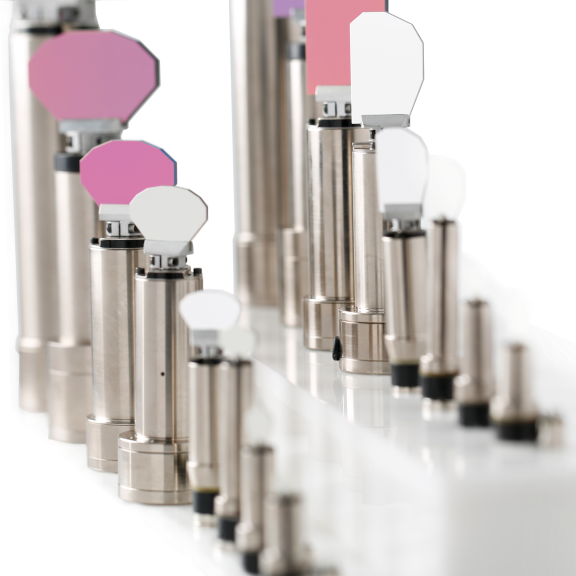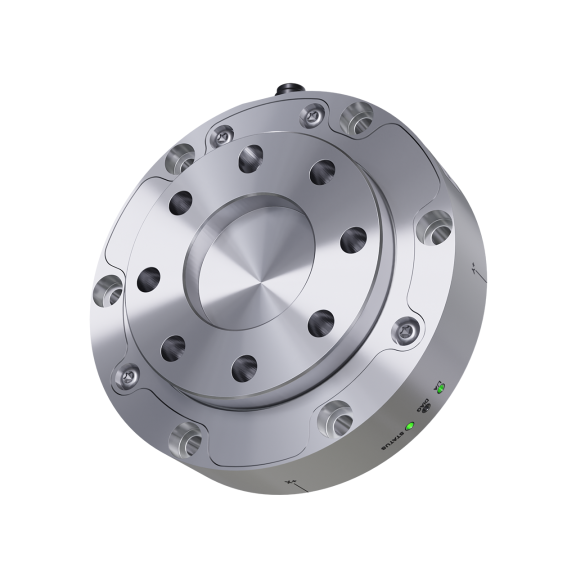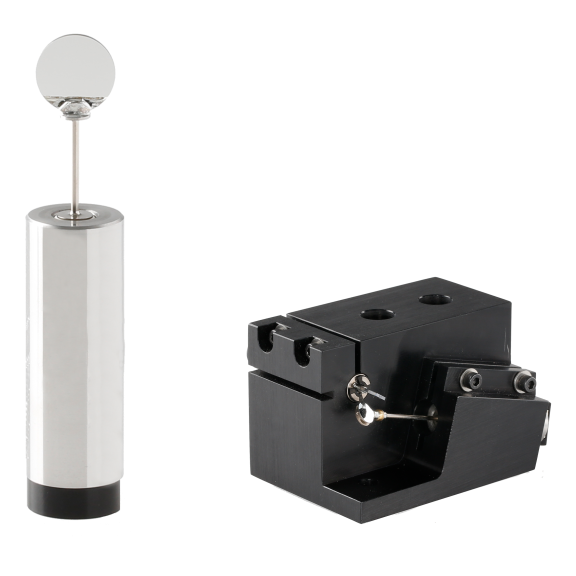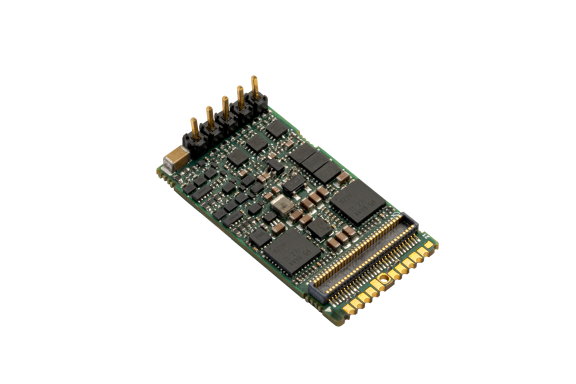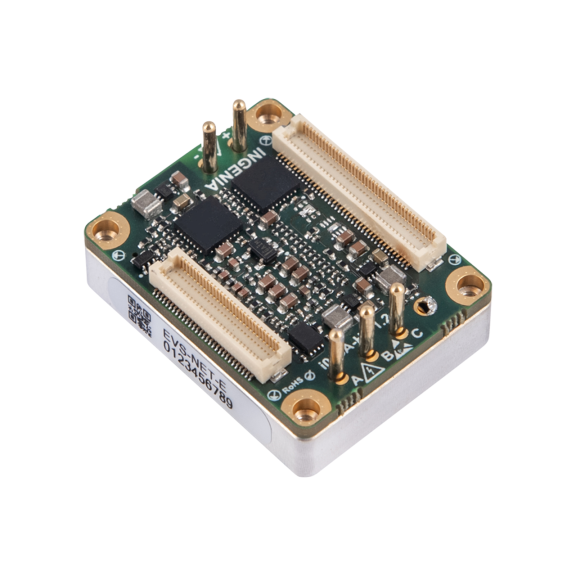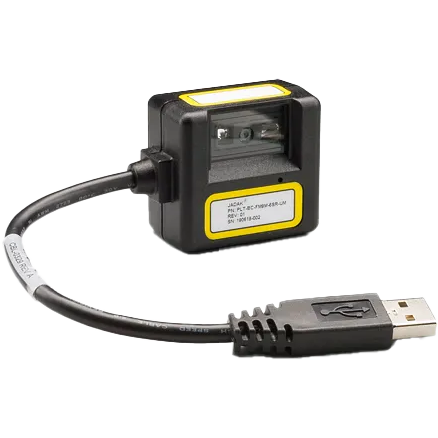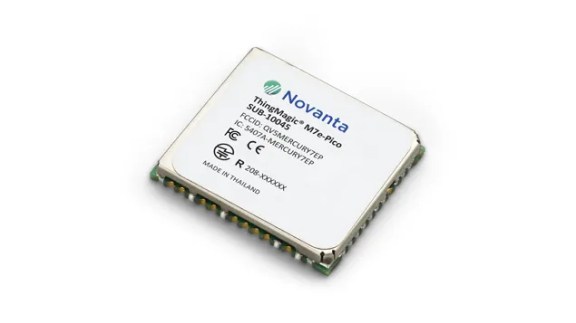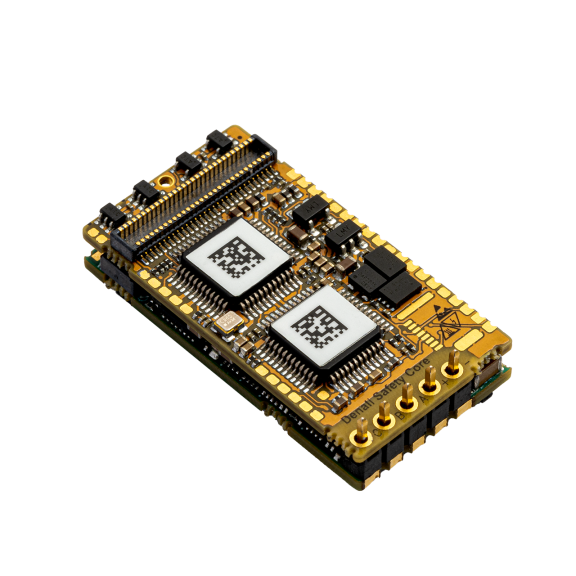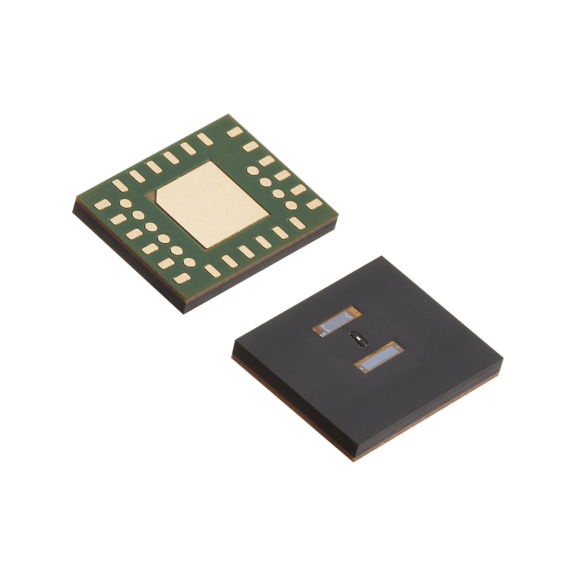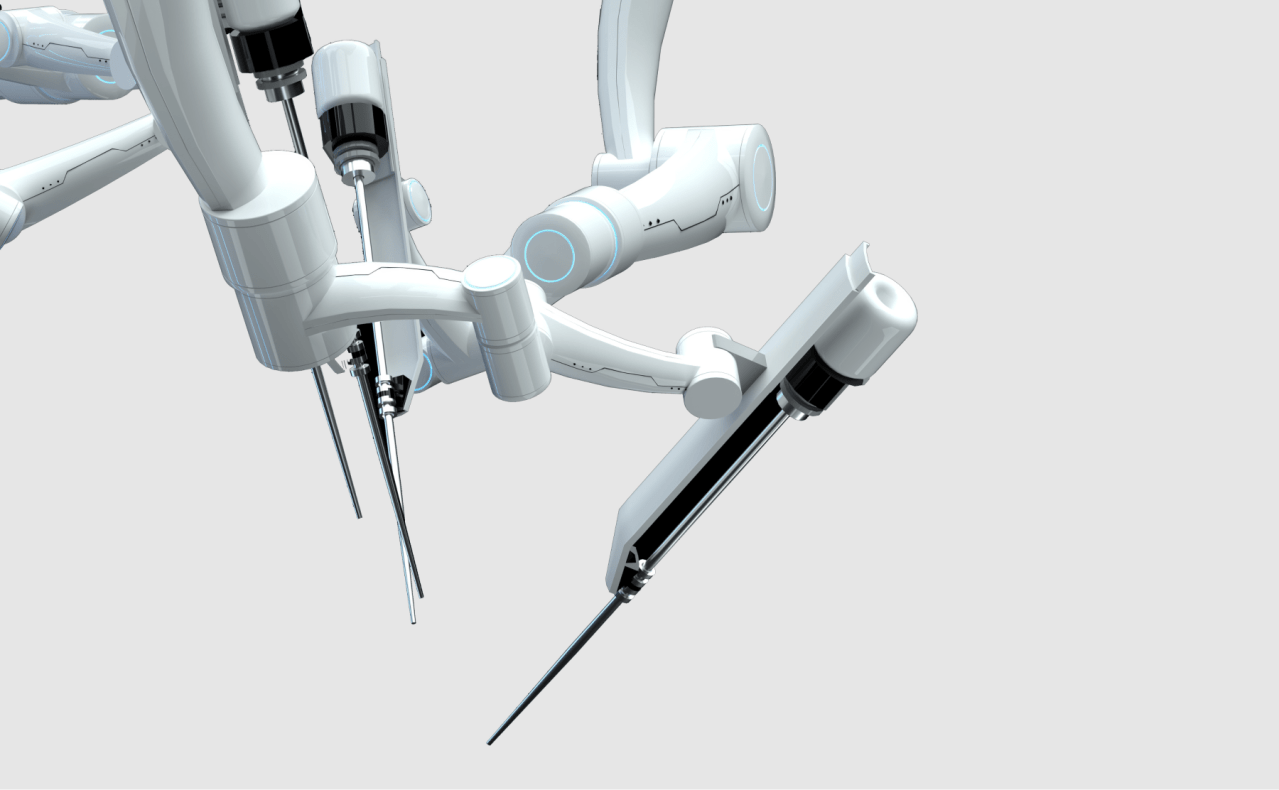
Surgical Robotics
The surgical robotics market is advancing at an unprecedented rate. Robot-assisted surgery offers significant benefits across many surgical fields, gaining recognition from hospitals and prospective patients. This trend drives the growth of the sector and the advancement of technologies used in surgical robotics. Although often unseen by the public, robot motion control components play a crucial role in ensuring safe, precise, and efficient robotic procedures. Novanta is enabling the advancement of this incredible technology through several of its precision motion and force torque sensing product lines and technology streams.

Haptic Systems
Haptic feedback technology is crucial to surgical robotics. This technology enhances the surgeon’s ability to perform complex procedures with increased precision and safety by simulating the sense of touch through robotic instruments, and thus providing real-time tactile feedback to the surgeon. Not only does this enhance precision and safety during delicate procedures, it also has the potential to improve patient outcomes and reduce surgical complications. Novanta is a leader in the core haptic engines that live at the heart of these systems, based on our unique miniaturized servo driver, and encoder technologies.
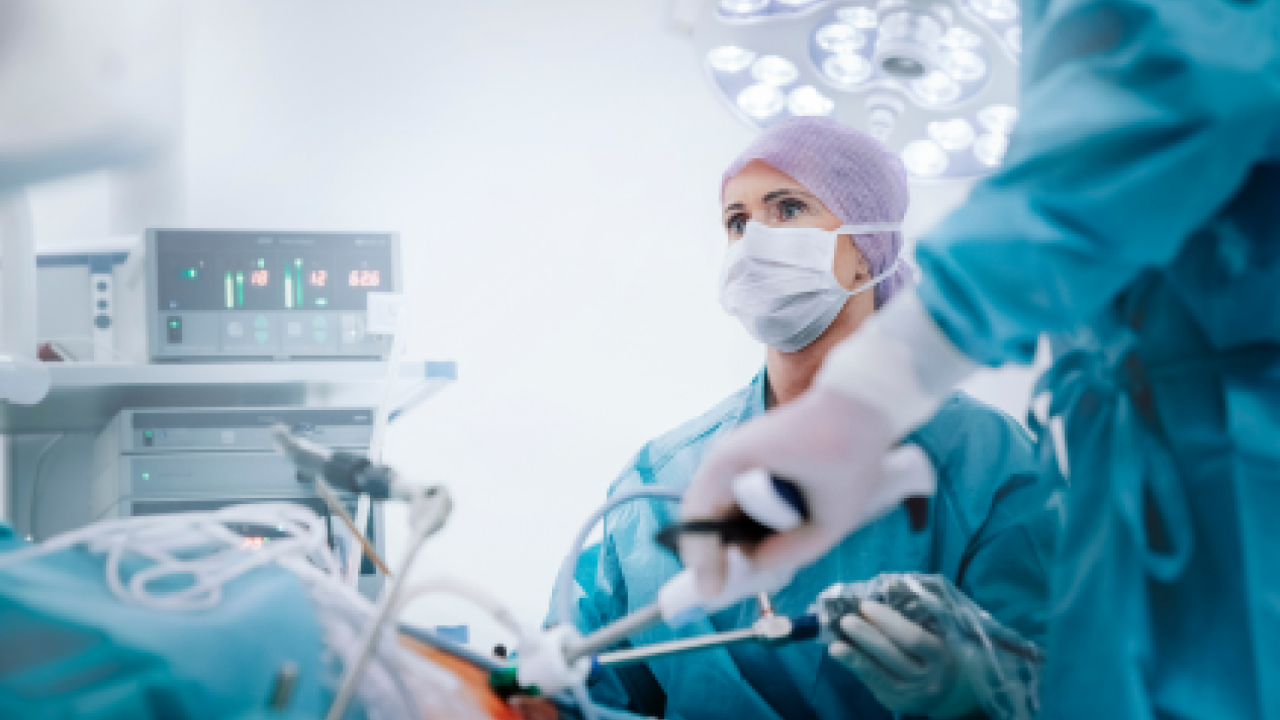
Minimally Invasive Surgery
In Minimally Invasive Surgery, high visibility and precise incisions are critical. However, both are only possible when there is sufficient internal space created to accommodate endoscope and medical instruments. Novanta is a global leader and pioneer of the insufflation, pump, and consumable technologies that are used to perform these critical pumping and insufflation procedures in the field of laparoscopy and gynecology.
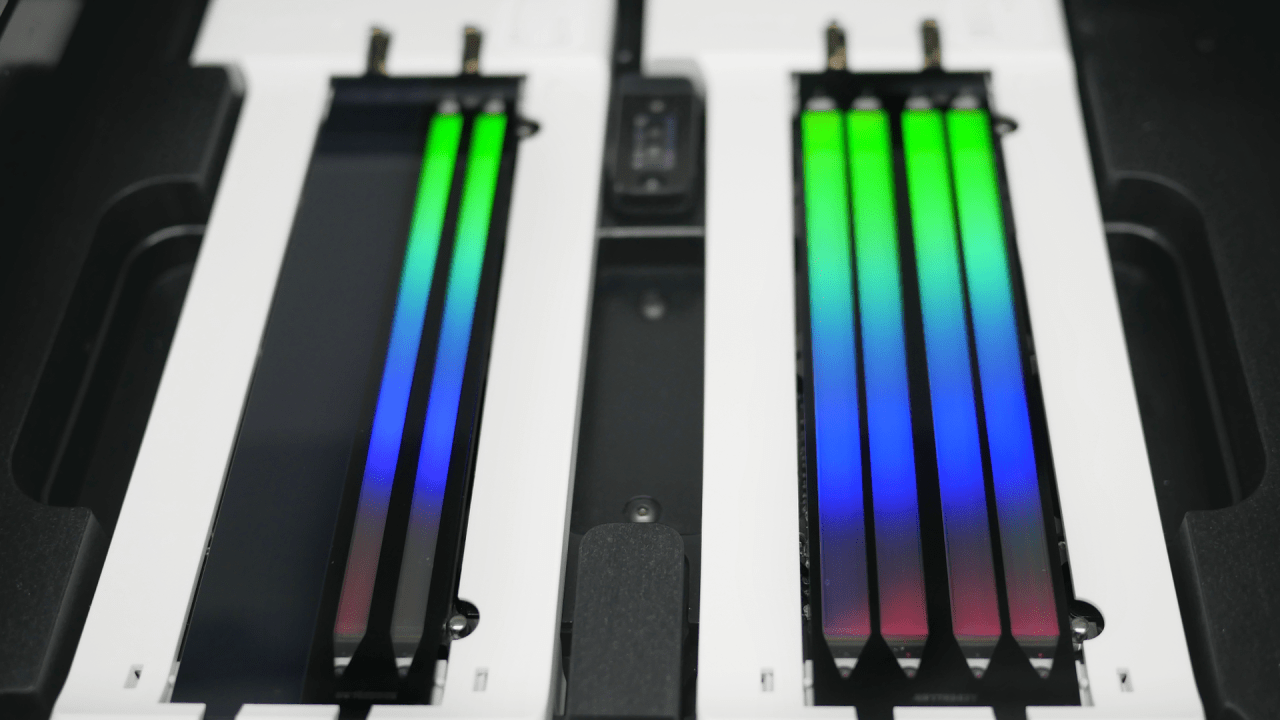
Multiomics & Sequencing
Multiomics and DNA sequencing are amongst several exploding biotechnologies that are driving the rapidly expanding personalized medicine industry. Since the 1970s, the time to sequence the human genome has become exponentially faster, through the use of unique lasers and beam shaping technology. Novanta is a leader in developing dedicated laser and positioning engines that are embedded into the instruments that perform these tasks, delivering a unique and precise combination of wavelength, power, reliability required by such instruments.
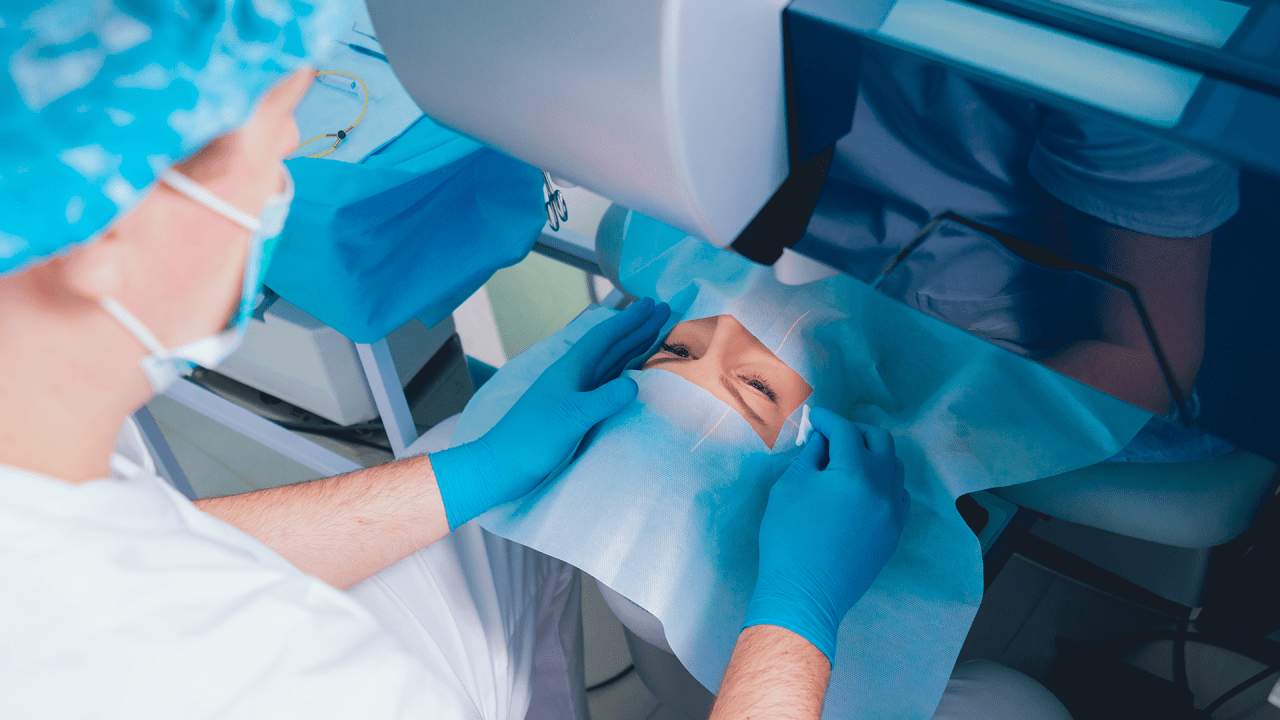
OCT & Ophthalmology
Optical Coherence Tomography, or ‘OCT’, is a non-invasive imaging procedure that enables eye care professionals to capture detailed, cross-sectional pictures of the retina – the part of the eye responsible for vision. Using scanned laser light, OCT captures micron resolution, 3D images from the retina, which in turn helps diagnose and manage various eye conditions such as glaucoma, macular degeneration, and diabetic eye disease. Novanta has a long association with ophthalmic system applications, and provides customizable imaging sensors and laser scanning technologies to many of the processes that are used in this field, including Scanning Laser Ophthalmoscopy (SLO) and active techniques such as Laser Assisted In-situ Keratomileusis (LASIK).
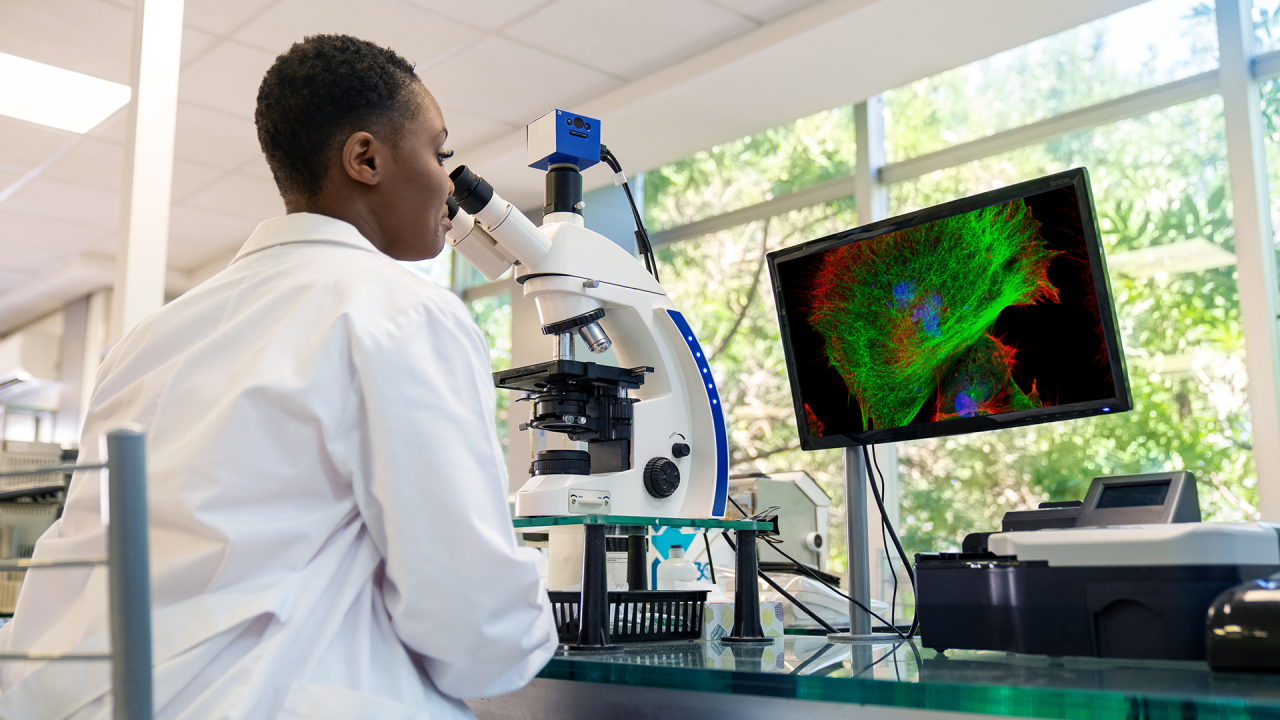
Microscopy
In recent times, the microscopy industry has witnessed a significant evolution, driven by AI and other technological advancements that together have expanded the frontiers of cellular biology, material science, and automated microscopy. Novanta has established deep heritage in these applications from multi wavelength, fiber coupled laser engines and galvanometer scanners for cellular fluorescence applications, across to custom image sensor technologies together designed to fluoresce, scan, and image cellular structures with ultimate precision.
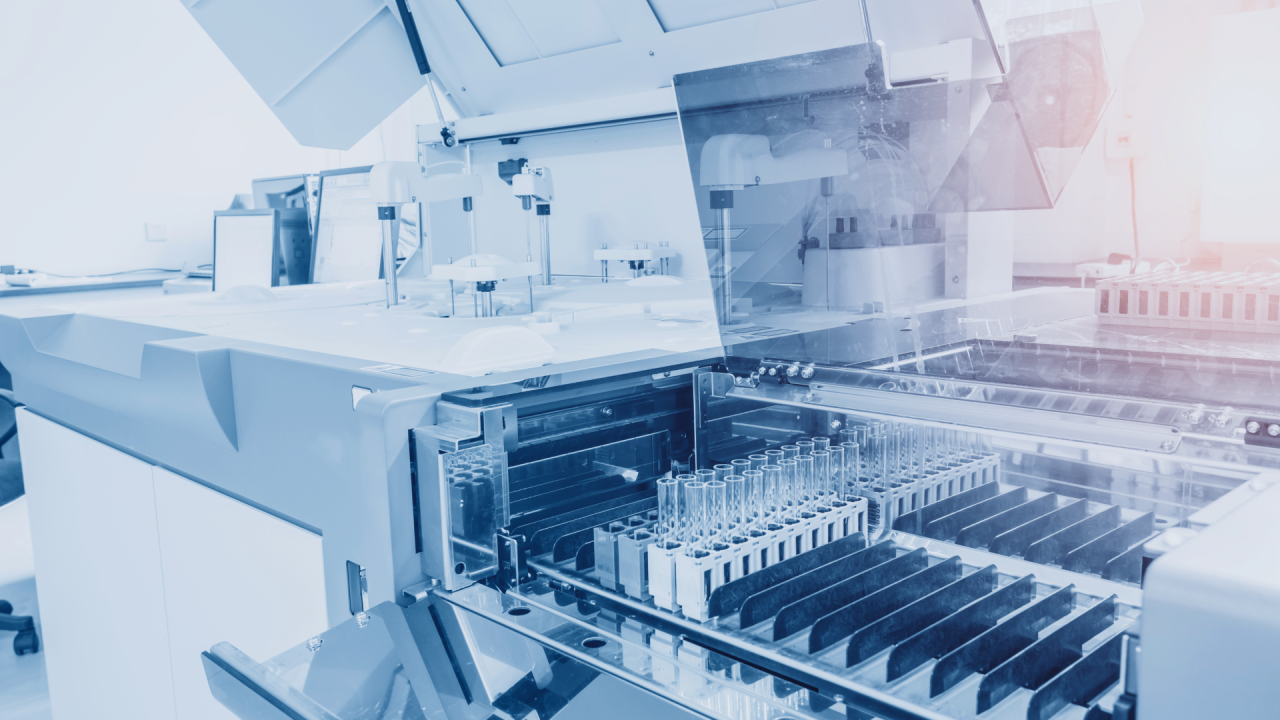
Lab Automation
Lab Automation is fast becoming a strategic priority for R&D labs. The close integration of robotics and automated sample handling has significantly shortened cycle times and increased throughput. A key enabler of this revolution is Novanta’s proprietary Radio Frequency Identification (RFID) technology which has revolutionized lab workflows by enabling the tracking and monitoring of samples and equipment with unprecedented precision and efficiency. Our RFID technology streamlines operations whilst enhancing safety by reducing human error and ensuring the integrity of samples throughout the transportation and handling process – crucial factors within drug discovery and diagnostics applications.


